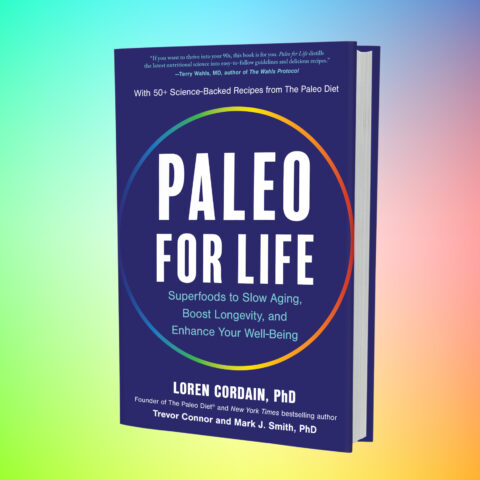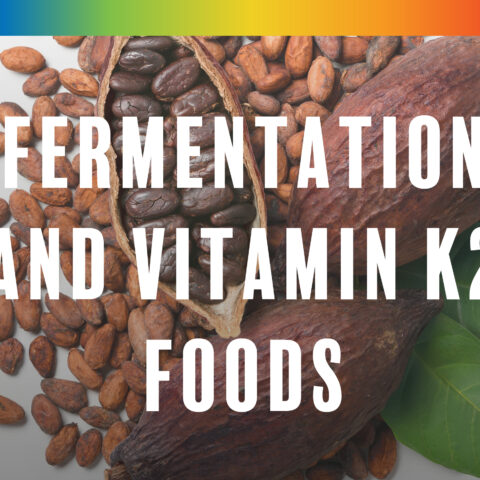What Does “Plant-Based” Really Mean?

You’ve probably heard about “plant-based” diets and how they are the key to a long and healthy life. You may have also heard that they are more sustainable, and better for the environment.
In fact, those claims are heavily debated. To better understand if they have any validity, it is helpful to define “plant-based.”
The term “plant-based” seems to imply that plants are the primary food group. So does that mean you should eat vegan—never touching animal products? Or does it mean you should only eat meat, dairy, and eggs on special occasions, and eat vegetarian or vegan the rest of the time? The definition of “plant-based” isn’t clear.
In order to learn more about eating a plant-based diet, let’s first look at where the term may have originated.
How “plant-based” started
When and who first used the term plant-based is still debated. T. Colin Campbell, author of “The China Study,” claims to have coined the phrase in 1980, using it during a presentation of his research to the National Institutes of Health.
In “The China Study,” Campbell comes to the conclusion that animal-based foods are the cause of all our modern illnesses and that a whole-food, plant-based diet is the answer to health and vitality. [1]
Vegan author Ellen Jaffe Jones also contends to be the originator of the term “plant-based,” as she explains in an interview: [2]
“I taught cooking classes for the national non-profit, Physicians Committee for Responsible Medicine, and during that time, the phrase ‘plant-based diet’ came to be used as a euphemism for vegan eating, or the ‘v’ word. It was developed to take the emphasis off the word ‘vegan,’ because some associated it with being too extreme a position, sometimes based exclusively in animal rights versus a health rationale.”
Whoever originated the term, today it is not used in a consistent way.
How “plant-based” is used
In books, articles, and even scientific studies on plant-based diets, the term is used in a few different ways, as follows:
- Veganism: a diet that excludes all animal products, including meat, eggs, and dairy.
- Vegetarianism: a diet that excludes meat and seafood, but may include eggs (ovo- vegetarian), milk (lacto-vegetarian), or both (lacto- ovo- vegetarian).
- Semi-Vegetarianism: a typical diet that includes smaller amounts of animal products. It may also simply avoid red meat.
- Pescaterianism: a vegetarian diet that includes fish and seafood (with or without eggs or dairy)
“Plant-based” may also refer to diets that simply emphasize fruits, vegetables, nuts, and seeds, but still include a fair amount of meat, dairy, and eggs. [3, 4]
For that reason, review studies will include a short definition of plant-based, such as this definition from a 2017 paper in the journal Nutrients:
“In this review, we present evidence that plant-based diets (for the purposes of this paper, ‘plant-based’ will serve as a substitution for vegetarian and vegan diets only) may be an effective strategy for improving nutrient intake.” [5]
Depending on the definition used, and by removing dairy from the list, a “plant-based” diet could include The Paleo Diet®.
What does this mean for The Paleo Diet?
Many people mistakenly believe that by following The Paleo Diet you must consume copious amounts of animal protein. However, that simply is not the case. While The Paleo Diet allows for meat and eggs, it also encourages a good variety of whole, plant-based foods.
Many “plant-based” diets differ from The Paleo Diet by their inclusion of dairy (in the case of the vegetarian diet), legumes, and grains. A plant-based diet may also include processed substitutes for meat and dairy, like vegan cheeses and soy products. (Tofurky, anyone?) It could also include refined sugar and artificial sweeteners—none of which are Paleo.
Fortunately, you can still eat a plant-based diet and stay Paleo. In fact, New York Times bestselling author and functional medicine physician, Dr. Mark Hyman, even talks about combining Paleo and vegan… to get Pegan. [6] However, that is not a diet that we support as being truly Paleo.
There are ways, without fully eliminating animal foods, to make your Paleo Diet a bit more plant-based.
How to eat a plant-based Paleo Diet
Here are some tips for eating a plant-based Paleo Diet:
- If you typically eat bacon and eggs for breakfast, try a vegetable and herb-rich omelet. You can add spinach, arugula, parsley, or other fresh herbs.
- Switch out the butter (which isn’t Paleo anyway) and lard for avocado oil, olive oil, or macadamia nut oil.
- Try some new vegetarian or vegan soup recipes to get in extra vegetables, like this slow cooker tomato fennel soup.
- Swap out the burger for a portobello mushroom burger to mix things up. You can even put it on the grill for a toasted “bun!”
- Periodically experiment with jackfruit as your primary ingredient. It works well in recipes where you’d traditionally use barbeque chicken or pork. Or, try it in a stir fry or curry.
Of course, you can also simply reduce the amount of meat and eggs you eat in any given week and, more importantly, increase your intake of nutrient dense vegetables and fruit. The great thing about Paleo is that it’s really quite adaptable to individual preferences.
The bottom line
A plant-based diet has a variety of definitions. It can be all plant-based (vegan), mostly plant-based (vegetarian), or high in plant content, which can include The Paleo Diet. The whole-foods emphasis of the plant-based diet is definitely to be embraced.
References
[1] Varian, E. (2019, December 28). It’s Called ‘Plant-Based,’ Look It Up. Https://www.nytimes.com. Retrieved February 22, 2021, from https://www.nytimes.com/2019/1…;
[2] Stark, Michelle (2015, May 25). “Wellness experts weigh in on the vegan diet.” Tampa Bay Times. Archived from the original on 2015-06-11. Retrieved February 22, 2021.
[3] Williams, K. A., Sr, & Patel, H. (2017). Healthy Plant-Based Diet: What Does it Really Mean?. Journal of the American College of Cardiology, 70(4), 423–425. https://doi.org/10.1016/j.jacc…;
[4] Satija, A., & Hu, F. B. (2018). Plant-based diets and cardiovascular health. Trends in cardiovascular medicine, 28(7), 437–441. https://doi.org/10.1016/j.tcm….;
[5] Kahleova, H., Levin, S., & Barnard, N. (2017). Cardio-Metabolic Benefits of Plant-Based Diets. Nutrients, 9(8), 848. https://doi.org/10.3390/nu9080…;
[6] Hyman, M., MD. (n.d.). The Pegan Diet: Your Guide to Using Food as Medicine. Retrieved February 23, 2021, from https://pegandiet.com/ ;
Betsy Schroeder
Betsy does research and writing for a few different websites in the natural health field after taking Masters level courses in Nutrition & Functional Medicine through the University of Western States.
More About The Author




